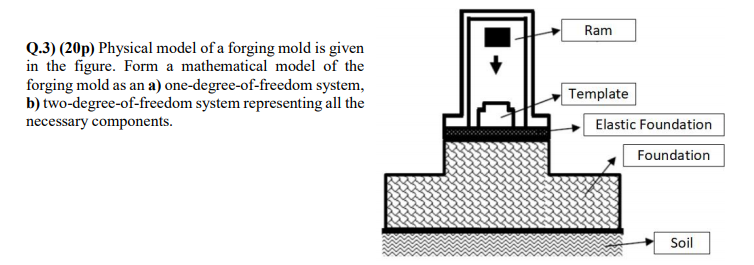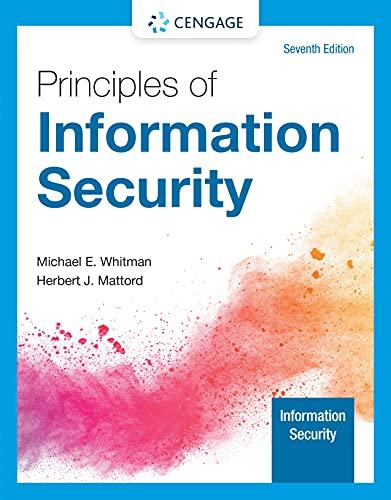Question
We return an error indicator (an error code) when: A failure is normal and expected. For example, it is quite normal for a request to
We return an error indicator (an "error code") when: A failure is normal and expected. For example, it is quite normal for a request to open a file to fail (maybe there is no file of that name or maybe the file cannot be opened with the permissions requested). An immediate caller can reasonably be expected to handle the failure. We throw an exception when: An error is so rare that a programmer is likely to forget to check for it. For example, when did you last check the return value of printf()? An error cannot be handled by an immediate caller. Instead, the error has to percolate back to an ultimate caller. For example, it is infeasible to have every function in an application reliably handle every allocation failure or network outage. New kinds of errors can be added in lower-modules of an application so that higher-level modules are not written to cope with such errors. For example, when a previously single-threaded application is modified to use multiple threads or resources are placed remotely to be accessed over a network. No suitable return path for errors codes are available. For example, a constructor does not have a return value for a "caller" to check. In particular, constructors may be invoked for several local variables or in a partially constructed complex object so that clean-up based on error codes would be quite complicated. The return path of a function is made more complicated or expensive by a need to pass both a value and an error indicator back (e.g., a pair; 13.4.3), possibly leading to the use of out-parameters, non-local error- status indicators, or other workarounds. The error has to be transmitted up a call chain to an "ultimate caller." Repeatedly checking an error-code would be tedious, expensive, and error-prone. The recovery from errors depends on the results of several function calls, leading to the need to maintain local state between calls and complicated control structures. The function that found the error was a callback (a function argument), so the immediate caller may not even know what function was called. An error implies that some "undo action" is needed. We terminate when An error is of a kind from which we cannot recover. For example, for many - but not all - systems there is no reasonable way to recover from : memory exhaustion. The system is one where error-handling is based on restarting a thread, process, or computer whenever a non-trivial error is detected. One way to ensure termination is to add noexcept to a function so that a throw from anywhere in the function's implementation will turn into a terminate(). Note that there are applications that can't accept unconditional terminations, so alternatives must be used. Unfortunately, these conditions are not always logically disjoint and easy to apply. The size and complexity of a program matters. Sometimes the tradeoffs change as an application evolves. Experience is required. When in doubt, prefer exceptions because their use scales better, and don't require external tools to check that all errors are handled. Don't believe that all error codes or all exceptions are bad; there are clear uses for both. Furthermore, do not believe the myth that exception handling is slow; it is often faster than correct handling of complex or rare error conditions, and of repeated tests of error codes. RAII (4.2.2, 5.3) is essential for simple and efficient error-handling using exceptions. Code littered with try-blocks often simply reflects the worst aspects of error-handling strategies conceived for error codes


Q.3) (20p) Physical model of a forging mold is given in the figure. Form a mathematical model of the forging mold as an a) one-degree-of-freedom system, b) two-degree-of-freedom system representing all the necessary components. Ram Template Elastic Foundation Foundation Soil
Step by Step Solution
There are 3 Steps involved in it
Step: 1

Get Instant Access to Expert-Tailored Solutions
See step-by-step solutions with expert insights and AI powered tools for academic success
Step: 2

Step: 3

Ace Your Homework with AI
Get the answers you need in no time with our AI-driven, step-by-step assistance
Get Started


